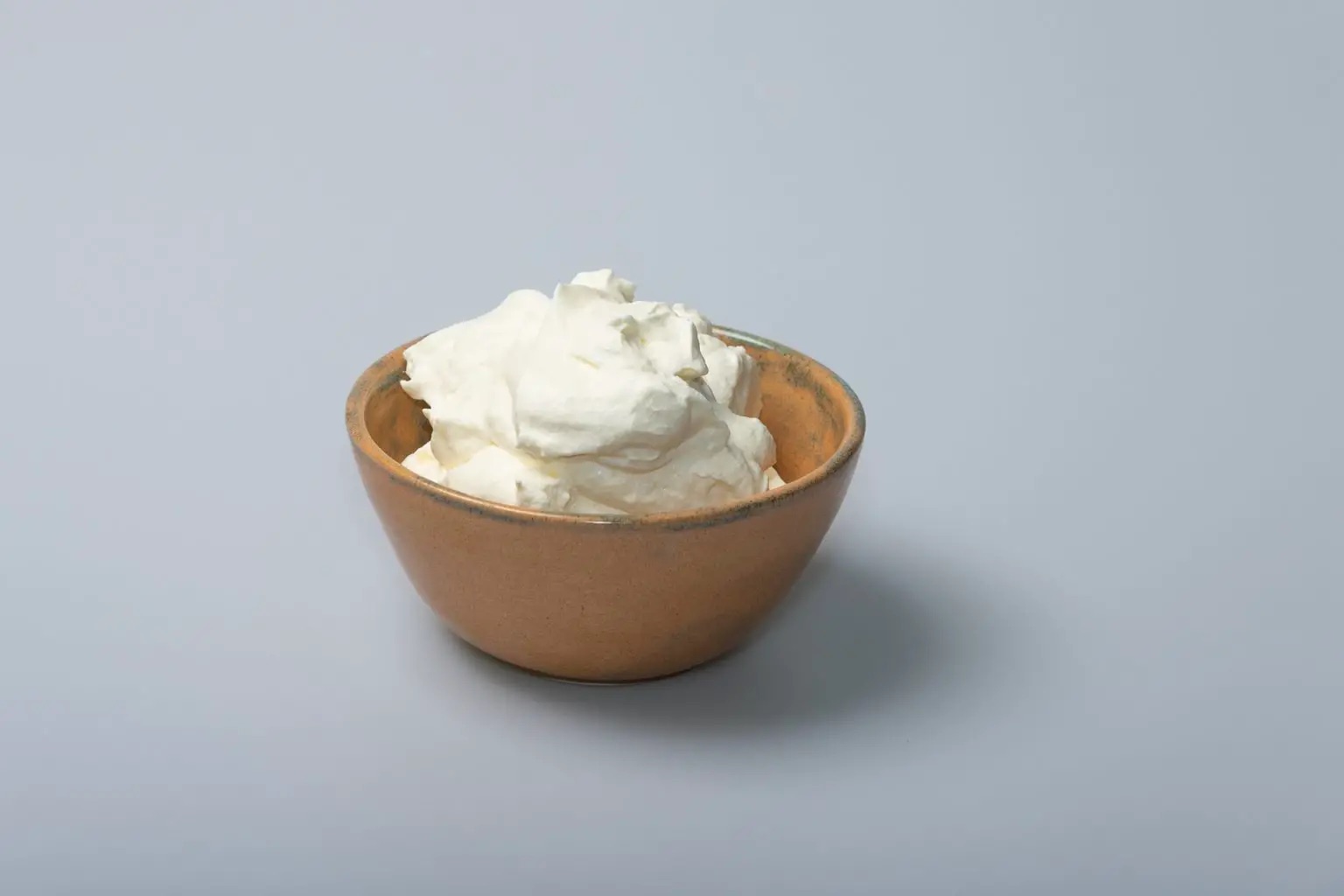

Articles
How To Store Homemade Whipped Cream In Fridge
Modified: January 6, 2024
Learn how to store homemade whipped cream in the fridge and keep it fresh for longer. Our articles provide expert tips and tricks for preserving your delicious homemade whipped cream.
(Many of the links in this article redirect to a specific reviewed product. Your purchase of these products through affiliate links helps to generate commission for Storables.com, at no extra cost. Learn more)
Introduction
Homemade whipped cream is a delightful addition to desserts, hot beverages, and even fruit salads. Its light and creamy texture, combined with its sweet and fluffy flavor, can elevate any dish to a whole new level. However, once you’ve made a fresh batch of whipped cream, you might be left wondering how to store it properly to maintain its taste and texture.
Storing homemade whipped cream in the fridge is essential to keep it fresh and prevent it from spoiling. But it’s not as simple as tossing it in any old container and calling it a day. The way you store it can impact its longevity and quality. In this article, we will explore the importance of storing homemade whipped cream and provide you with some useful tips and techniques to ensure it stays fresh and delicious for as long as possible.
Whether you’re a seasoned baker or someone who likes to whip up a batch of whipped cream on special occasions, knowing how to store it properly is crucial. By understanding the best practices for storing homemade whipped cream, you can avoid waste, save time, and enjoy the convenience of having this delectable treat ready to use whenever you need it.
So, let’s dive into the world of homemade whipped cream storage and discover the secrets to keeping it fresh and fluffy.
Key Takeaways:
- Properly storing homemade whipped cream in airtight containers in the fridge preserves its freshness and texture, ensuring it’s ready to elevate any dish at a moment’s notice.
- Recognizing signs of spoiled whipped cream, such as off smells and unusual texture, is crucial for safety. When in doubt, trust your senses and discard if necessary.
Read more: How To Store Homemade Whip Cream
Why Store Homemade Whipped Cream?
Homemade whipped cream is a delightful treat that adds a touch of decadence to your desserts and beverages. However, it’s not always possible to consume the entire batch in one sitting, especially if you’ve made a large quantity. That’s where proper storage comes into play.
Here are a few reasons why you should consider storing your homemade whipped cream:
- Prolong shelf life: Whipped cream is made from dairy products, which are perishable. Storing it in the fridge helps to slow down bacterial growth and extend its shelf life, giving you more time to enjoy it.
- Convenience: Having whipped cream readily available in your fridge allows you to enjoy it at any time. Whether you want to add a dollop to your morning coffee or top off a slice of pie after dinner, stored whipped cream is a quick and easy option.
- Less waste: By storing homemade whipped cream properly, you can avoid waste. Instead of throwing away any leftovers, you can use them for future desserts or enjoy them as a sweet treat on their own.
- Preserve flavor and texture: When stored correctly, whipped cream maintains its fluffy and creamy texture. This means you can enjoy the same light and airy consistency even after it has been refrigerated.
Overall, storing homemade whipped cream allows you to make the most of your efforts in whipping up this delectable treat. It keeps it fresh, convenient, and ready to be used whenever the craving strikes.
Tips for Storing Homemade Whipped Cream
Proper storage is key to maintaining the freshness and quality of homemade whipped cream. To ensure your whipped cream stays fluffy and delicious for as long as possible, consider the following tips:
- Use airtight containers: Transfer your whipped cream to an airtight container before storing it in the fridge. This helps to prevent air and moisture from entering, which can cause the whipped cream to deflate and lose its texture.
- Avoid plastic containers: Plastic containers can absorb flavors and odors from other foods in the fridge, which can affect the taste of your whipped cream. Opt for glass or stainless steel containers instead.
- Keep it cold: Whipped cream is a perishable dairy product, so it needs to be stored at a cold temperature. Make sure your fridge is set to the proper temperature (between 32-40°F or 0-4°C) to keep the whipped cream fresh.
- Avoid storing near strong-smelling foods: Whipped cream can absorb odors easily, so try to avoid storing it near foods with strong odors, such as onions or garlic. This will help preserve its delicate flavor.
- Don’t over-whip: Over-whipped cream can lose its stability and deflate more quickly. Whip the cream until it reaches soft peaks, with a smooth and creamy consistency, to ensure it retains its texture during storage.
- Label and date: If you have multiple containers of whipped cream in the fridge, it’s important to label them with the date to keep track of their freshness. Whipped cream is best consumed within a few days of making it.
- Avoid freezing: While you can freeze whipped cream, it can alter the texture and cause it to become watery when thawed. It’s best to consume whipped cream within a few days or store it in the fridge rather than freezing it.
By following these tips, you can ensure that your homemade whipped cream stays fresh, creamy, and delicious whenever you’re ready to enjoy it.
Proper Containers for Storing Whipped Cream
When it comes to storing homemade whipped cream, the type of container you choose can make a significant difference in maintaining its freshness and texture. Here are some suitable containers for storing whipped cream:
- Glass Jars: Glass jars with tight-fitting lids are an excellent option for storing whipped cream. They are non-reactive, won’t absorb odors or flavors, and provide a solid seal to keep the cream fresh.
- Plastic Containers: If using plastic containers, ensure they are food-grade and have a tight-sealing lid. Look for containers made specifically for storing food, which are BPA-free and won’t leach chemicals into your whipped cream.
- Stainless Steel Bowls: Stainless steel bowls with airtight lids can also be used for storing whipped cream. They are durable, non-reactive, and easy to clean.
Regardless of the container you choose, make sure it is clean, dry, and completely airtight. This will prevent air, odors, and moisture from seeping in and affecting the quality of the whipped cream.
It’s important to note that the size of the container should be appropriate for the amount of whipped cream you plan to store. Leaving too much empty space in the container can lead to faster deterioration of the cream’s texture and quality. Fill the container nearly to the top to minimize contact with air.
Remember to choose containers with a wide enough mouth to make it easy to scoop out the whipped cream when needed. This will prevent unnecessary deflating or mess when trying to access the cream.
By selecting the right containers for storing whipped cream, you can preserve its taste, texture, and freshness, ensuring that every dollop is as delightful as the first.
Store homemade whipped cream in an airtight container in the fridge for up to 3 days. To maintain its texture, place a piece of plastic wrap directly on the surface of the whipped cream before sealing the container.
Step-by-Step Guide to Storing Homemade Whipped Cream in the Fridge
Storing homemade whipped cream in the fridge is a simple process, but following the correct steps can help maintain its texture and flavor. Here’s a step-by-step guide to storing homemade whipped cream:
- Prepare your whipped cream: Whip your cream until it reaches soft peaks. Be careful not to over-whip, as this can cause the whipped cream to become grainy or lose its stability.
- Select an airtight container: Transfer the whipped cream to an airtight container. Choose a container that is clean, dry, and free from strong odors.
- Scoop the whipped cream: Use a spatula or spoon to carefully transfer the whipped cream from the mixing bowl to the container. Try to minimize air bubbles while doing so, as this can cause the whipped cream to deflate more quickly.
- Smooth the surface: Use the back of a spoon or spatula to smooth the surface of the whipped cream. This helps to create a barrier and prevent any air from coming into contact with the cream, ensuring it stays fluffy.
- Seal the container: Ensure the lid of the container is tightly sealed to prevent any air or moisture from entering. This will help maintain the freshness and texture of the whipped cream.
- Label and date: If desired, label the container with the date of preparation. This will help you keep track of the whipped cream’s freshness and ensure you use it within the recommended time frame.
- Place in the fridge: Put the container of whipped cream in the fridge. Make sure it is stored in a spot where it won’t be disturbed or crushed by other items.
By following these steps, you can store your homemade whipped cream properly in the fridge, ensuring it retains its light and fluffy texture for as long as possible.
Read more: How To Store Homemade Whipped Cream
How Long Can Homemade Whipped Cream Be Stored in the Fridge?
The shelf life of homemade whipped cream can vary depending on factors such as the quality of ingredients used, how it was handled, and the storage conditions. However, in general, homemade whipped cream can be stored in the fridge for up to 3 to 4 days.
It’s important to note that whipped cream is a perishable dairy product, and its freshness and quality will start to deteriorate over time. Even when stored properly in an airtight container and at the correct temperature, whipped cream will gradually lose its fluffy texture and may start to separate.
To ensure the best taste and texture, it is recommended to consume homemade whipped cream within the first couple of days. This will allow you to enjoy it at its peak quality and prevent any potential issues with spoilage.
If you notice any signs of spoilage, such as a sour smell, off taste, or significant separation, it’s best to discard the whipped cream to avoid any risk of foodborne illness.
Remember, when in doubt, trust your senses and use your best judgment when deciding whether to consume stored whipped cream.
To prolong the shelf life of homemade whipped cream, you can try stabilizing it with ingredients like gelatin or cream of tartar. These additives can help maintain the structure and stability of the whipped cream for a longer period. However, keep in mind that even with stabilizers, whipped cream will still have an expiration date, and it’s essential to monitor its freshness.
Overall, while homemade whipped cream is best enjoyed fresh, storing it in the fridge for a couple of days can still provide you with a delightful and convenient addition to your desserts.
Signs of Spoiled Whipped Cream
Like any perishable food product, whipped cream can spoil if not stored or handled properly. It’s important to be able to recognize the signs of spoiled whipped cream to ensure your safety and avoid any unpleasant experiences.
Here are some common signs that whipped cream may have spoiled:
- Off smell: Spoiled whipped cream may have a sour or funky odor. If the whipped cream smells unpleasant or rancid, it is an indication that it is no longer safe to consume.
- Unusual texture: Whipped cream that has gone bad may become watery or develop a grainy or curdled texture. It should maintain its light and fluffy consistency, so any significant changes in texture are a red flag.
- Separation: If the whipped cream starts to separate, with a layer of liquid forming at the bottom of the container, it is a sign of spoilage. Whipped cream should stay emulsified and not separate into its liquid and solid components.
- Mold or discoloration: Visible mold or unusual discoloration, such as spots or patches, is a clear indication that whipped cream has spoiled. Do not consume any whipped cream that shows signs of mold growth.
- Unpleasant taste: Spoiled whipped cream may have a bitter or sour taste. If it no longer tastes fresh or enjoyable, it’s best to discard it.
It’s important to note that consuming spoiled whipped cream can lead to foodborne illnesses, such as food poisoning. If you suspect that the whipped cream has spoiled, it is safer to discard it rather than risk any adverse health effects.
To minimize the chances of whipped cream spoiling, ensure you store it in an airtight container in the refrigerator, maintain proper hygiene during preparation, and consume it within the recommended timeframe.
By being aware of these signs of spoiled whipped cream, you can protect yourself and your loved ones from consuming potentially harmful food.
Conclusion
Properly storing homemade whipped cream is essential to maintain its freshness, taste, and texture. By understanding the importance of storage and following the tips outlined in this article, you can make the most out of your whipped cream creations.
Storing whipped cream in airtight containers, keeping it cold in the refrigerator, and avoiding strong-smelling foods can help preserve its quality. Remember to label and date the containers, and consume the whipped cream within a few days of preparation to ensure the best taste and texture.
Recognizing the signs of spoiled whipped cream, such as off smells, unusual texture, separation, mold, or discoloration, is vital for your safety. If you observe any of these signs, it is recommended to discard the whipped cream to avoid any potential health risks.
Homemade whipped cream can add a touch of indulgence to your favorite desserts, hot beverages, or even enjoyed on its own. By implementing proper storage techniques and being mindful of its shelf life, you can enjoy the delightful taste and creaminess of homemade whipped cream whenever the craving strikes.
So, the next time you whip up a batch of homemade whipped cream, remember to store it properly in the fridge, use the appropriate containers, and indulge in its creamy goodness with peace of mind.
Frequently Asked Questions about How To Store Homemade Whipped Cream In Fridge
Was this page helpful?
At Storables.com, we guarantee accurate and reliable information. Our content, validated by Expert Board Contributors, is crafted following stringent Editorial Policies. We're committed to providing you with well-researched, expert-backed insights for all your informational needs.
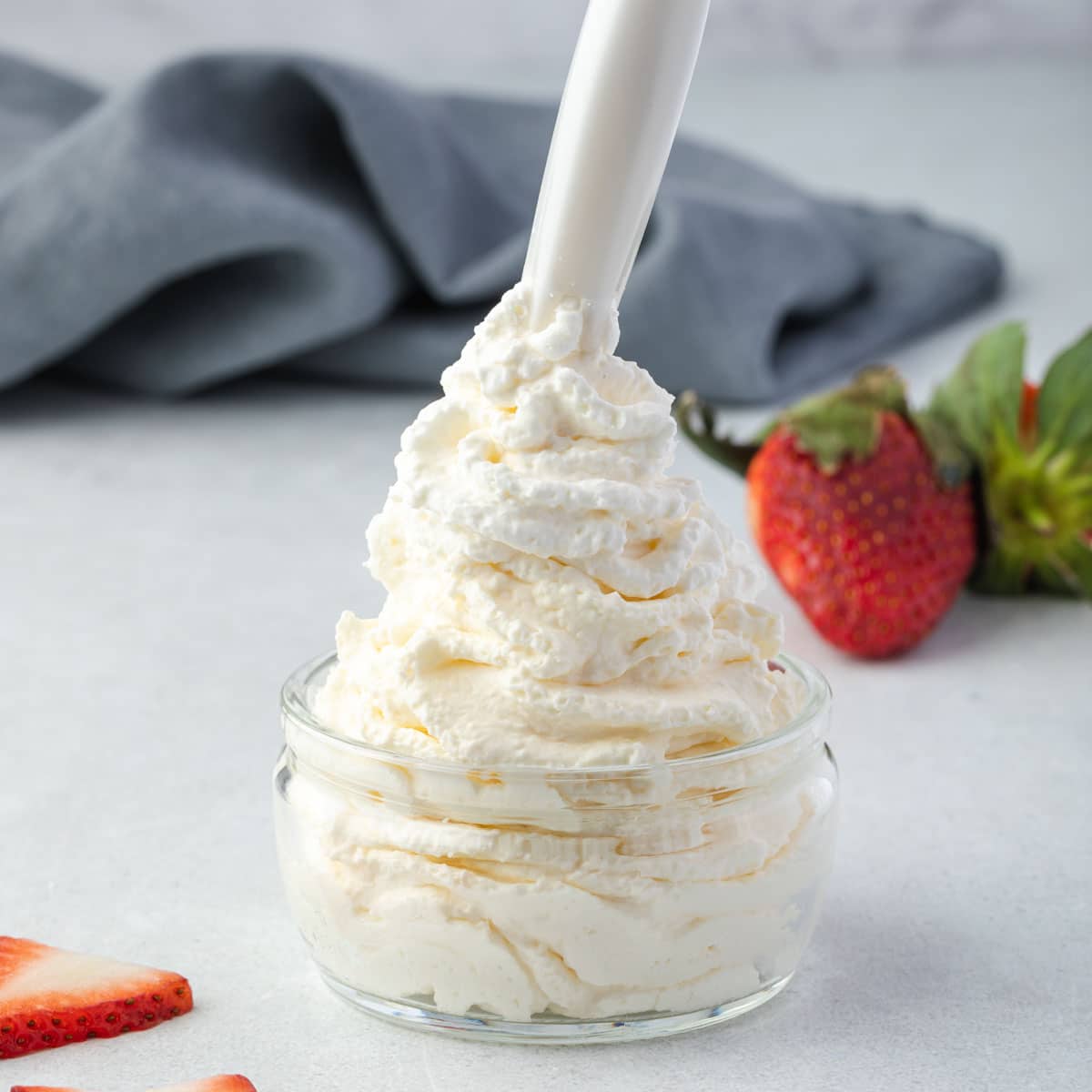
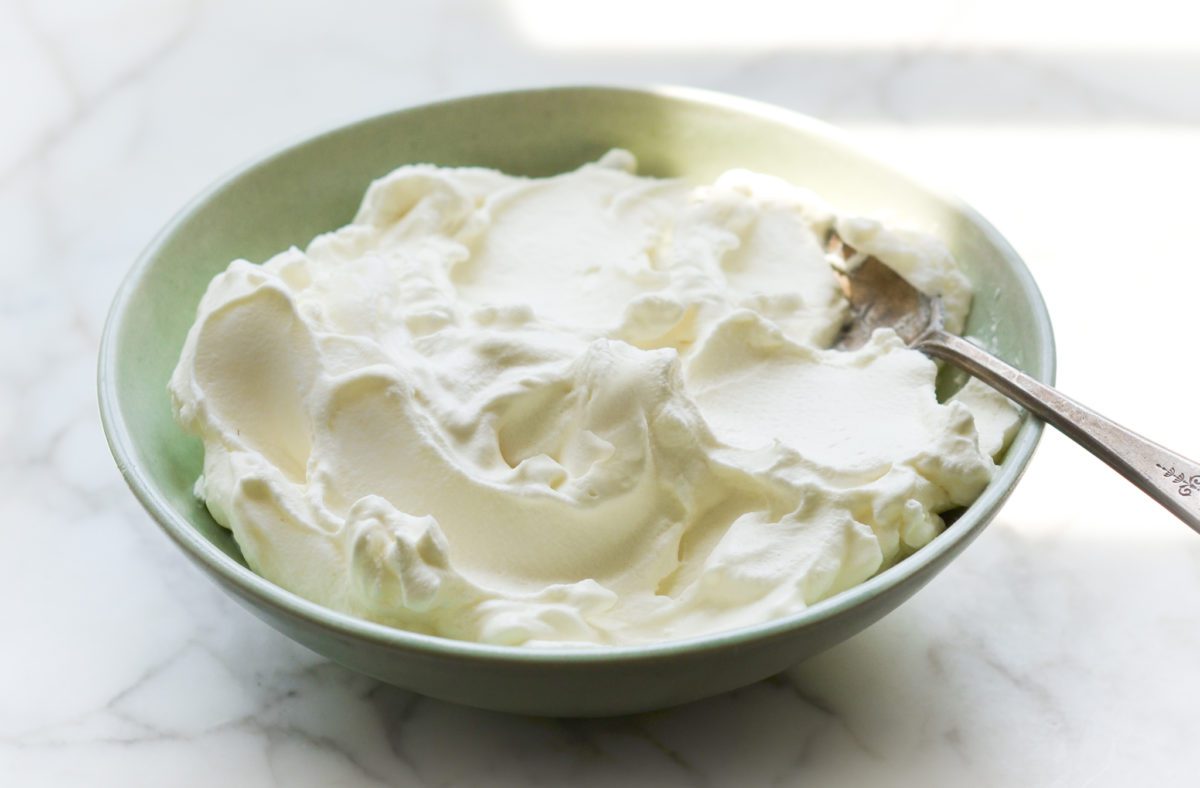
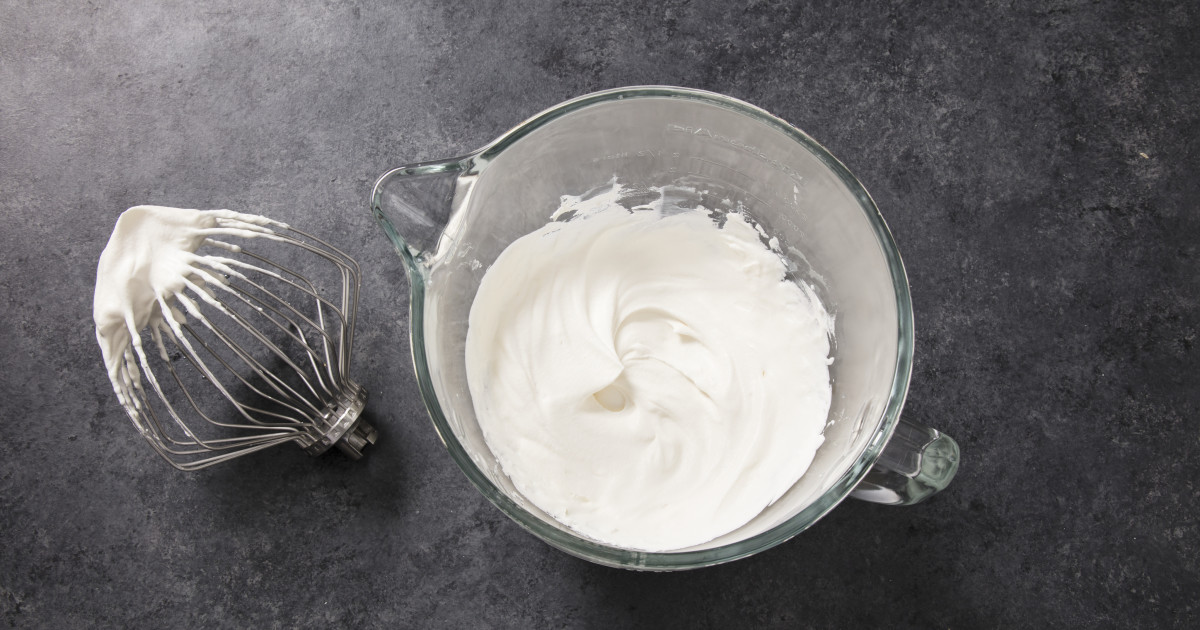
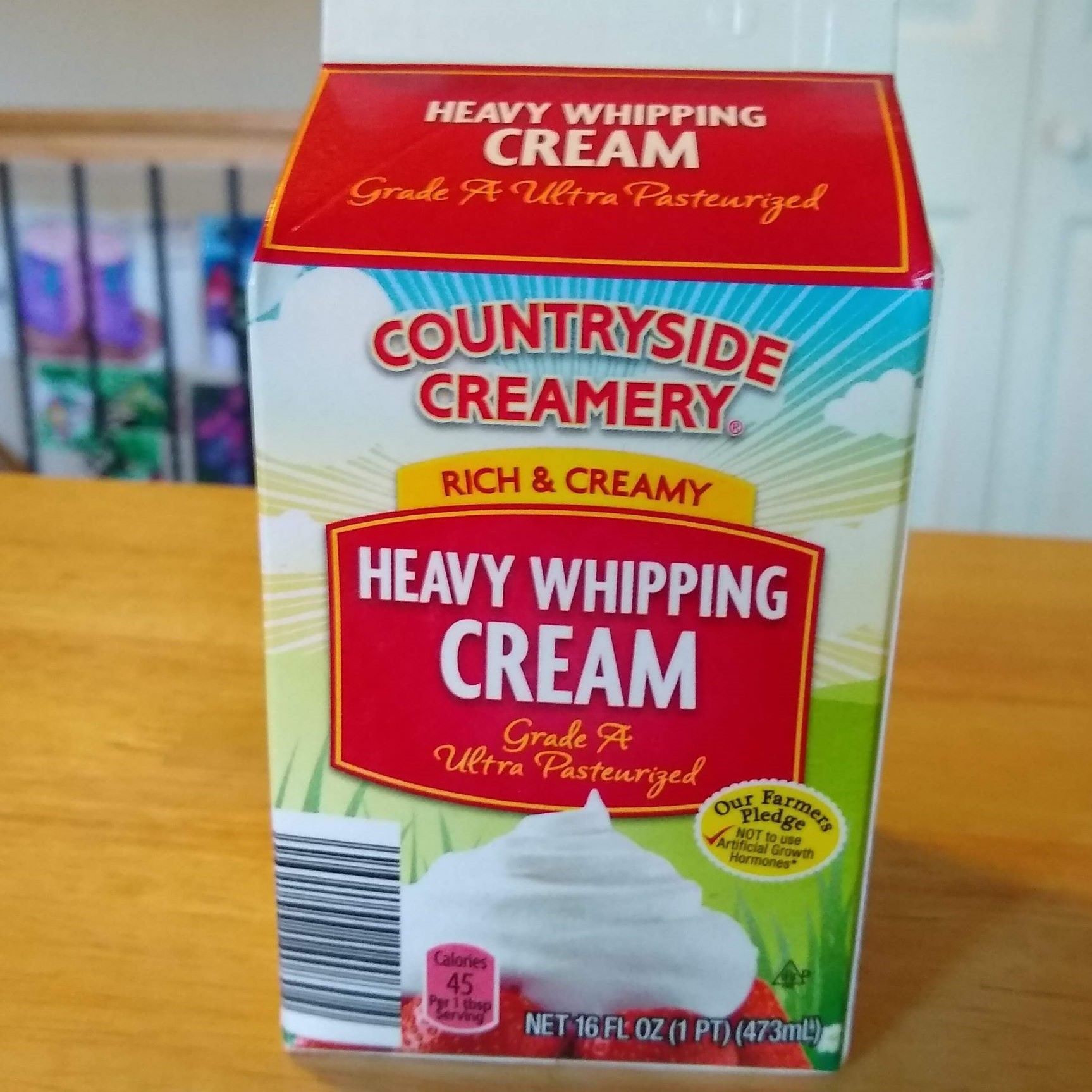
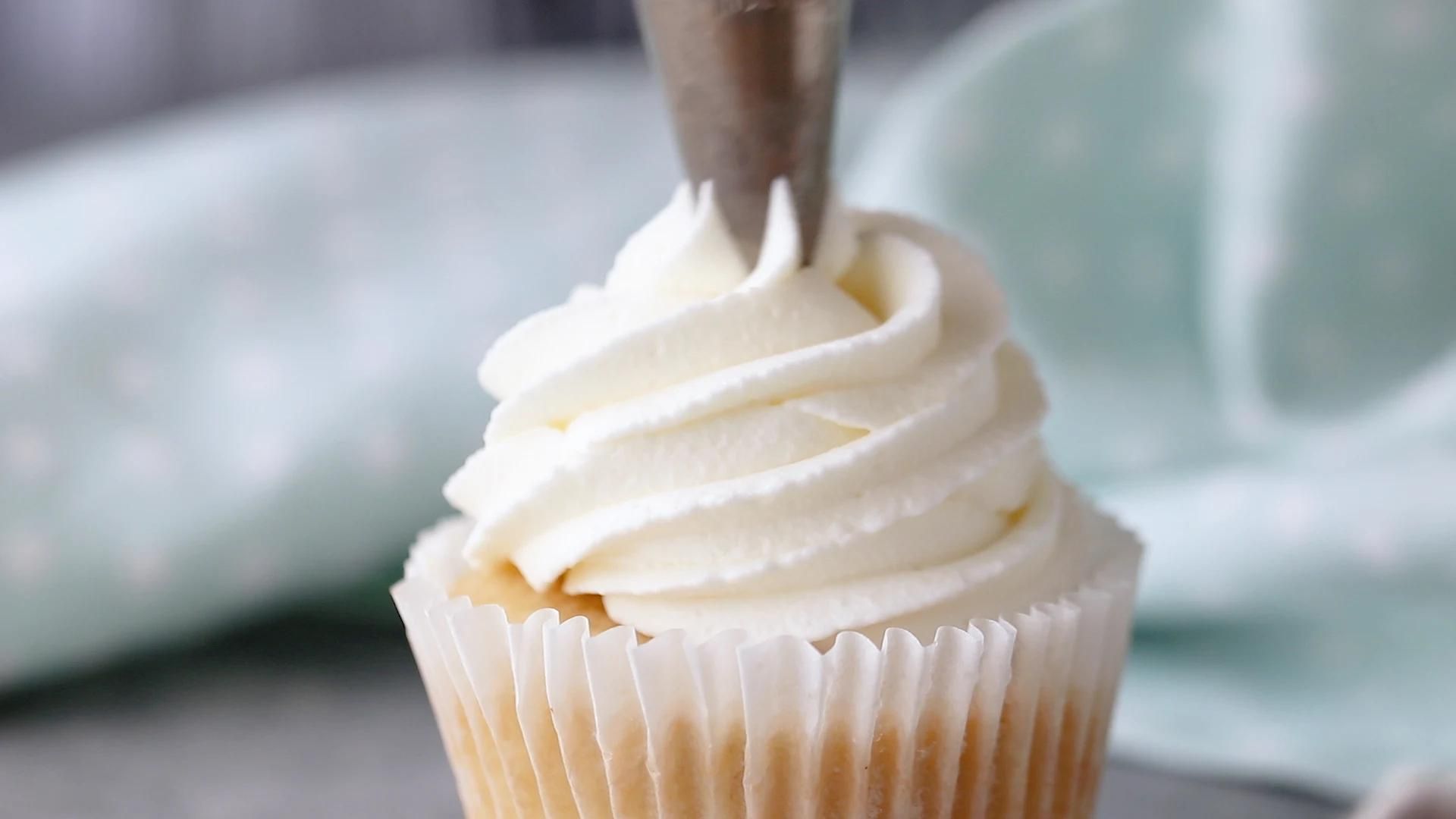
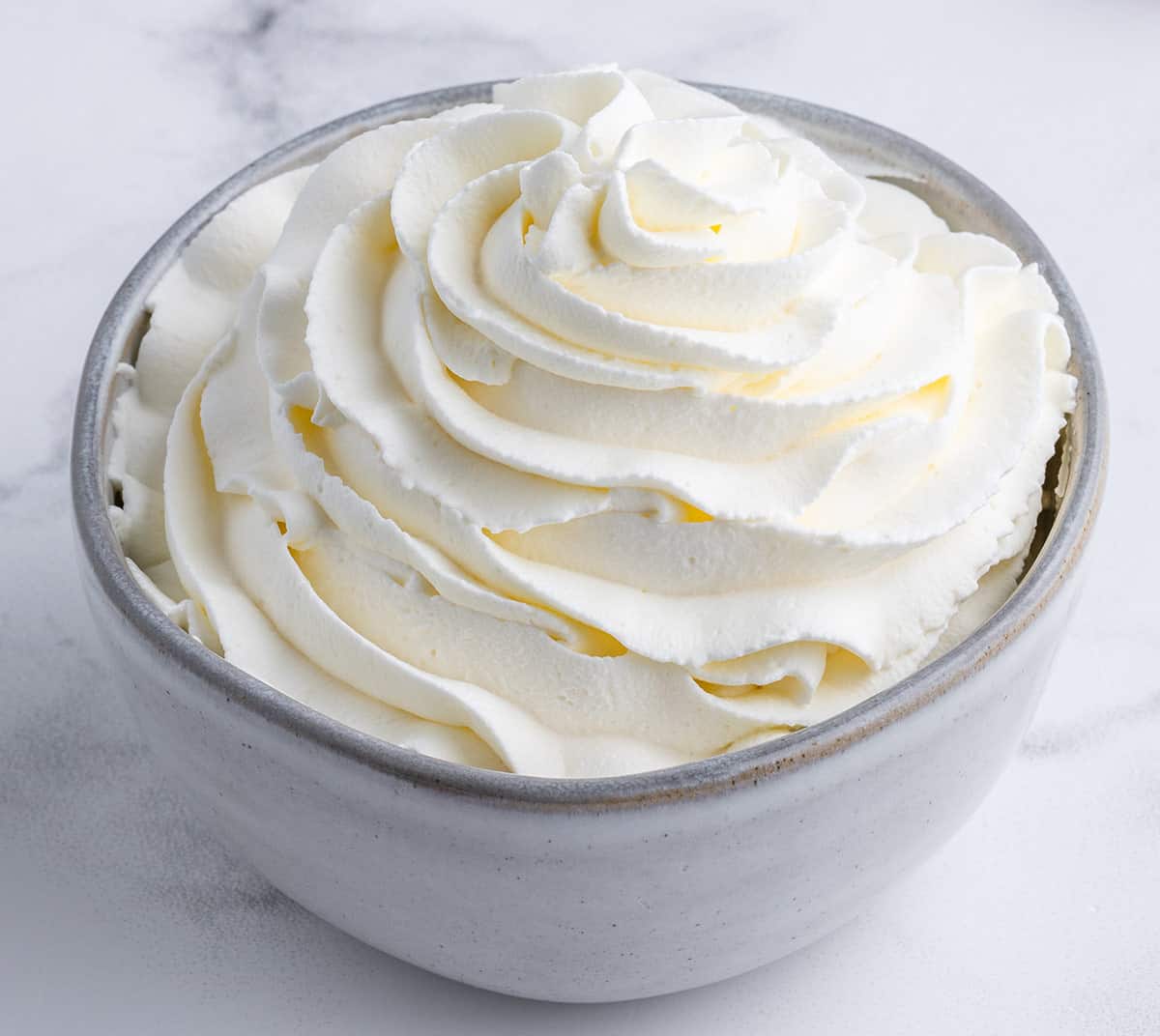
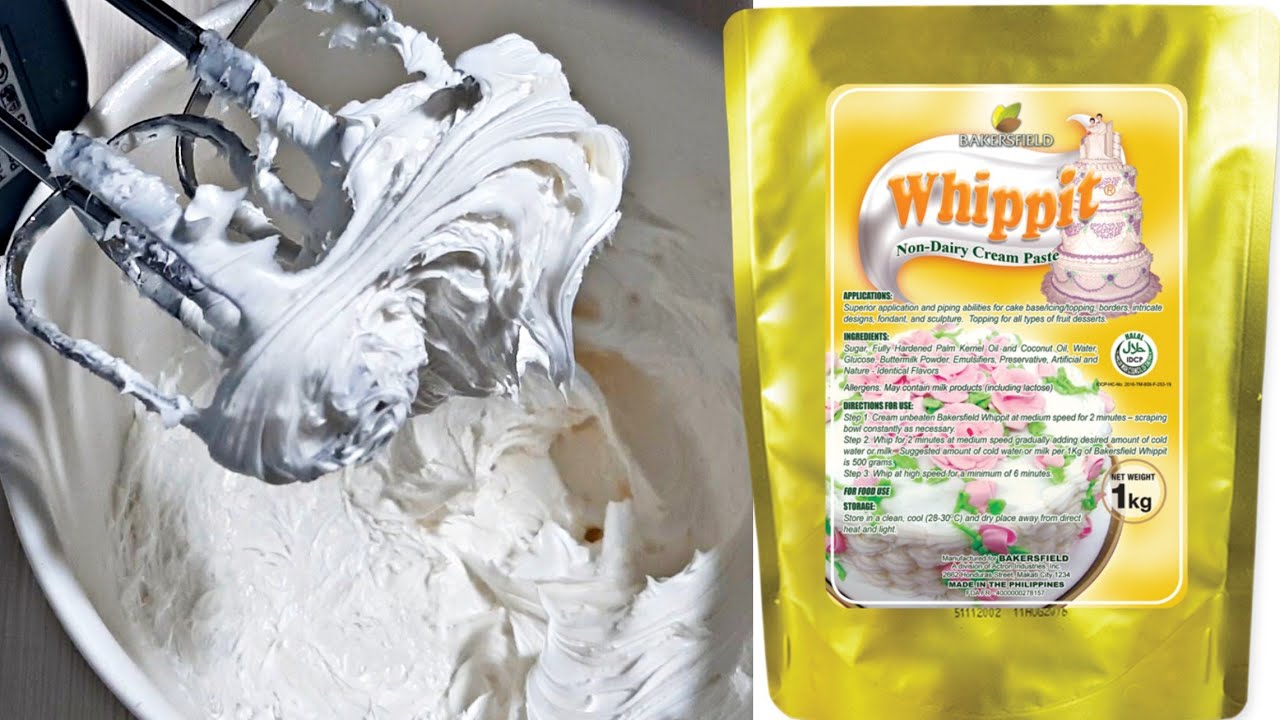
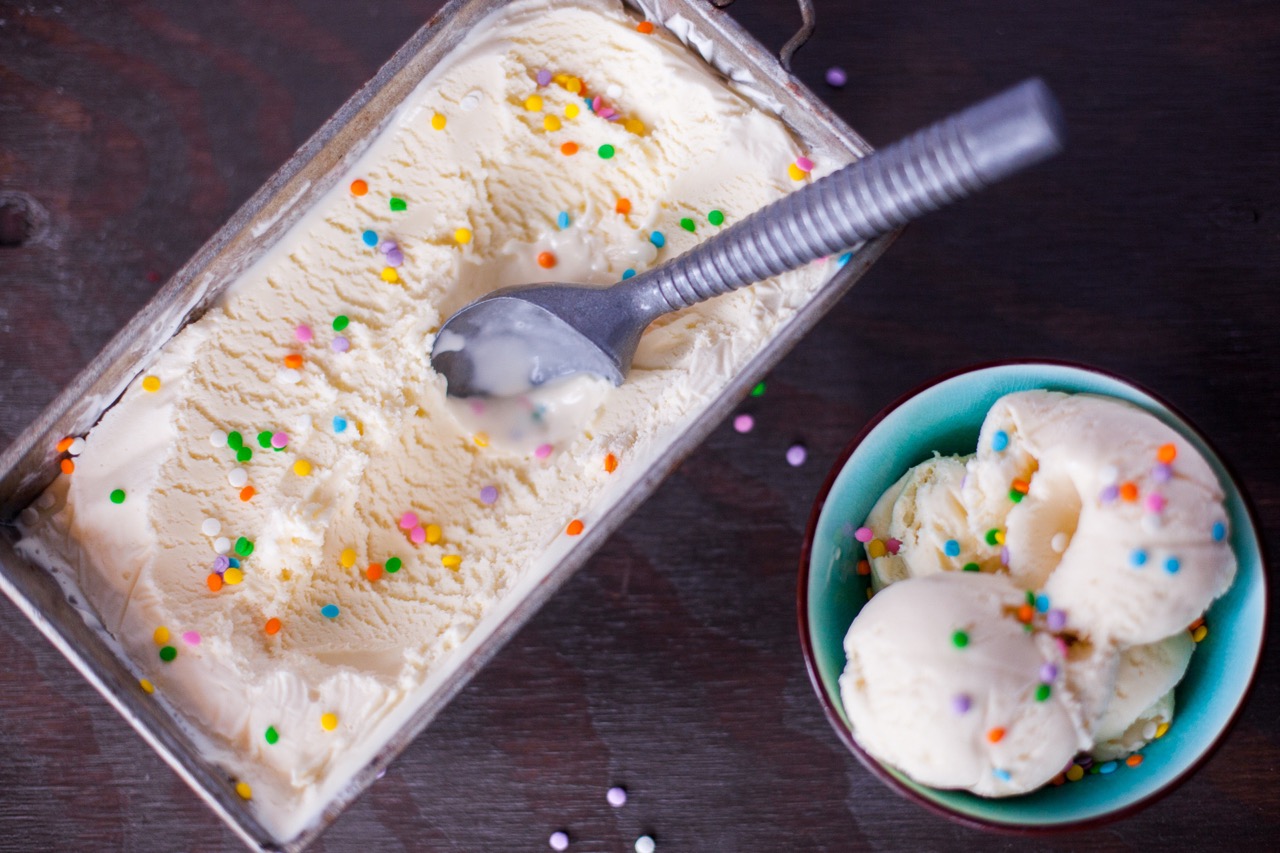
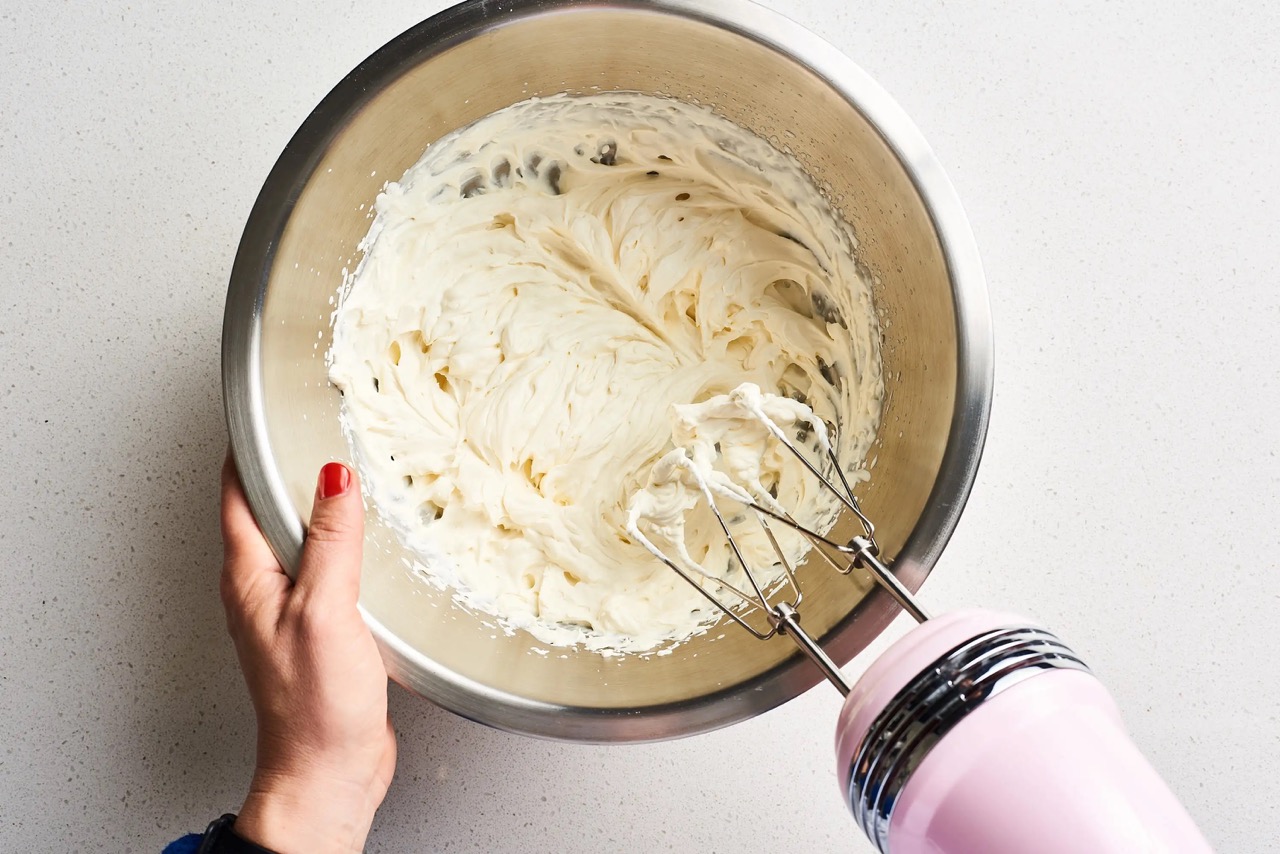
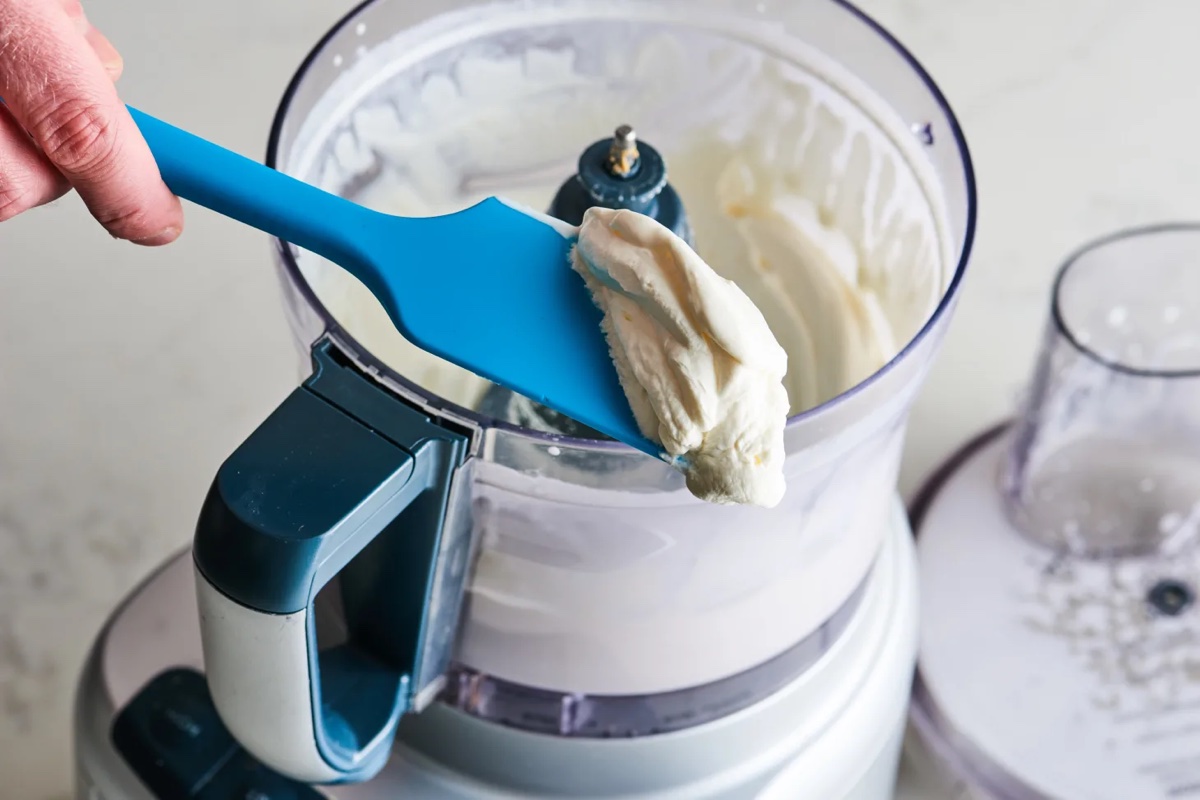
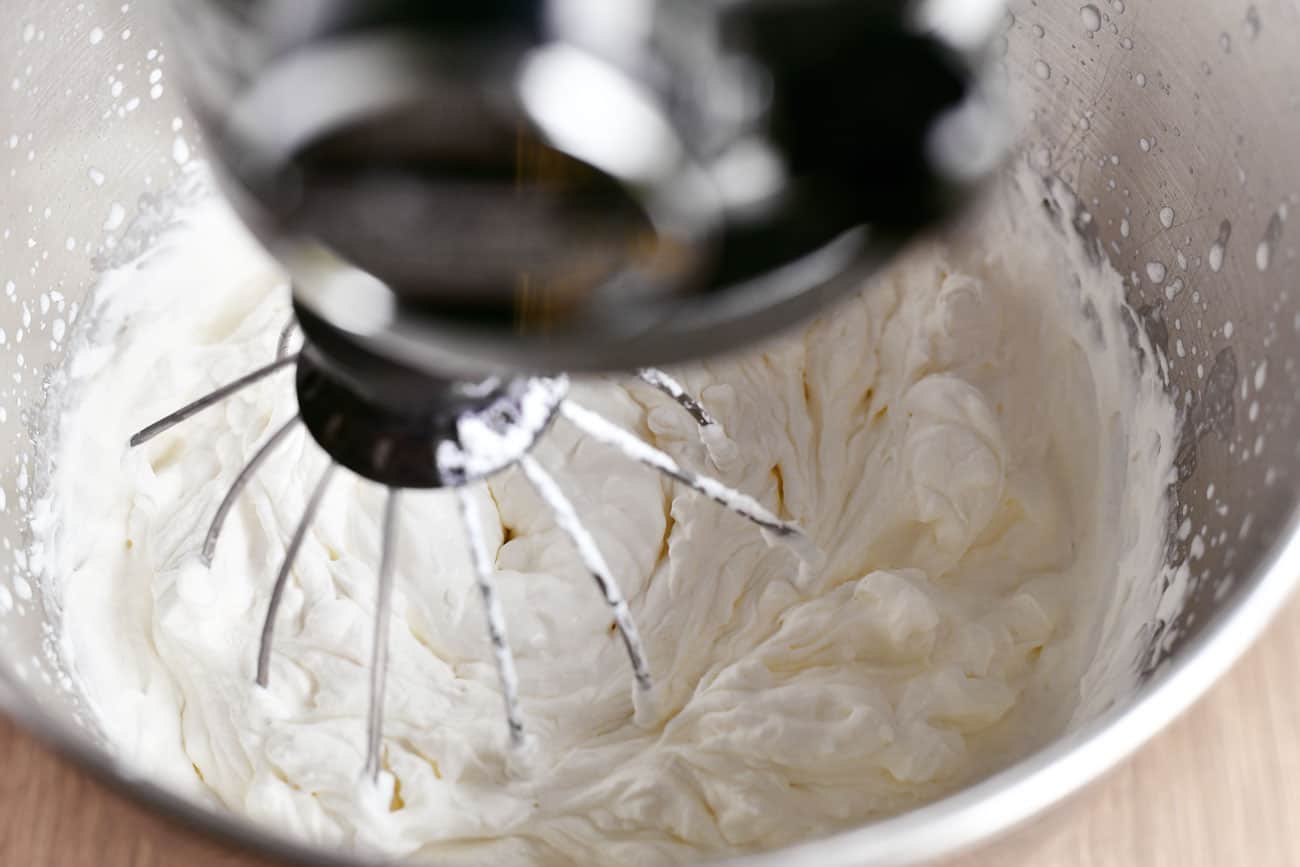
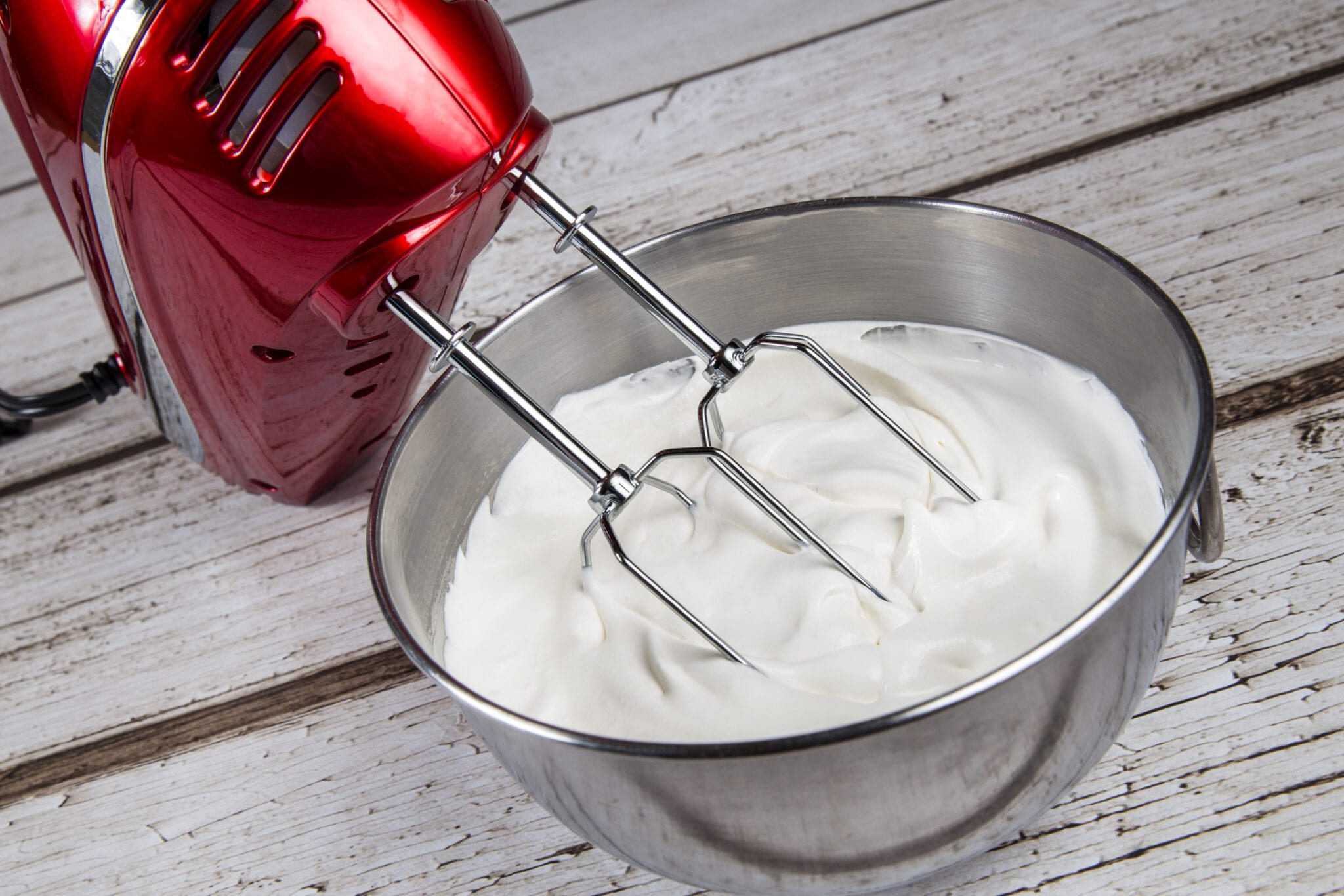
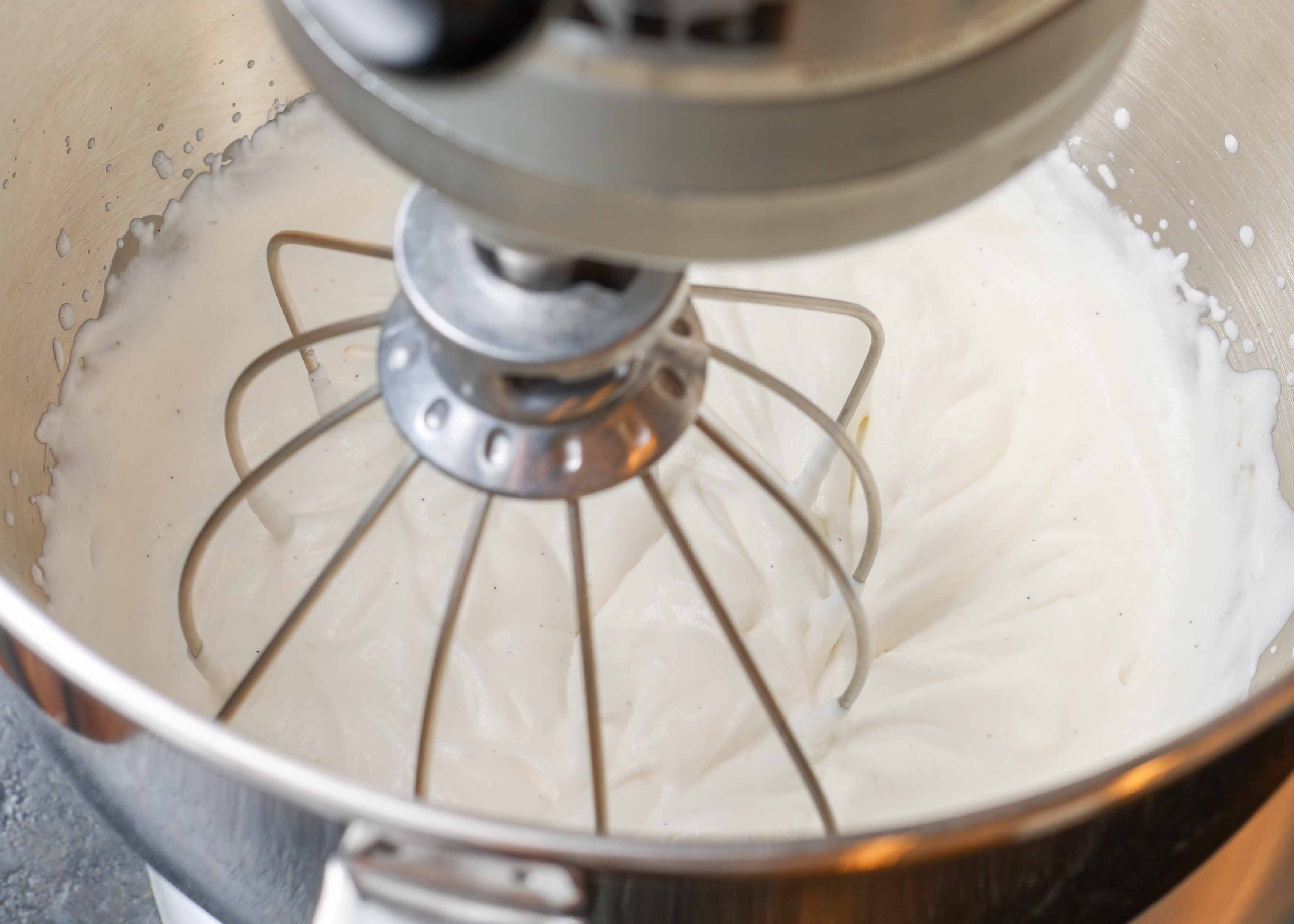
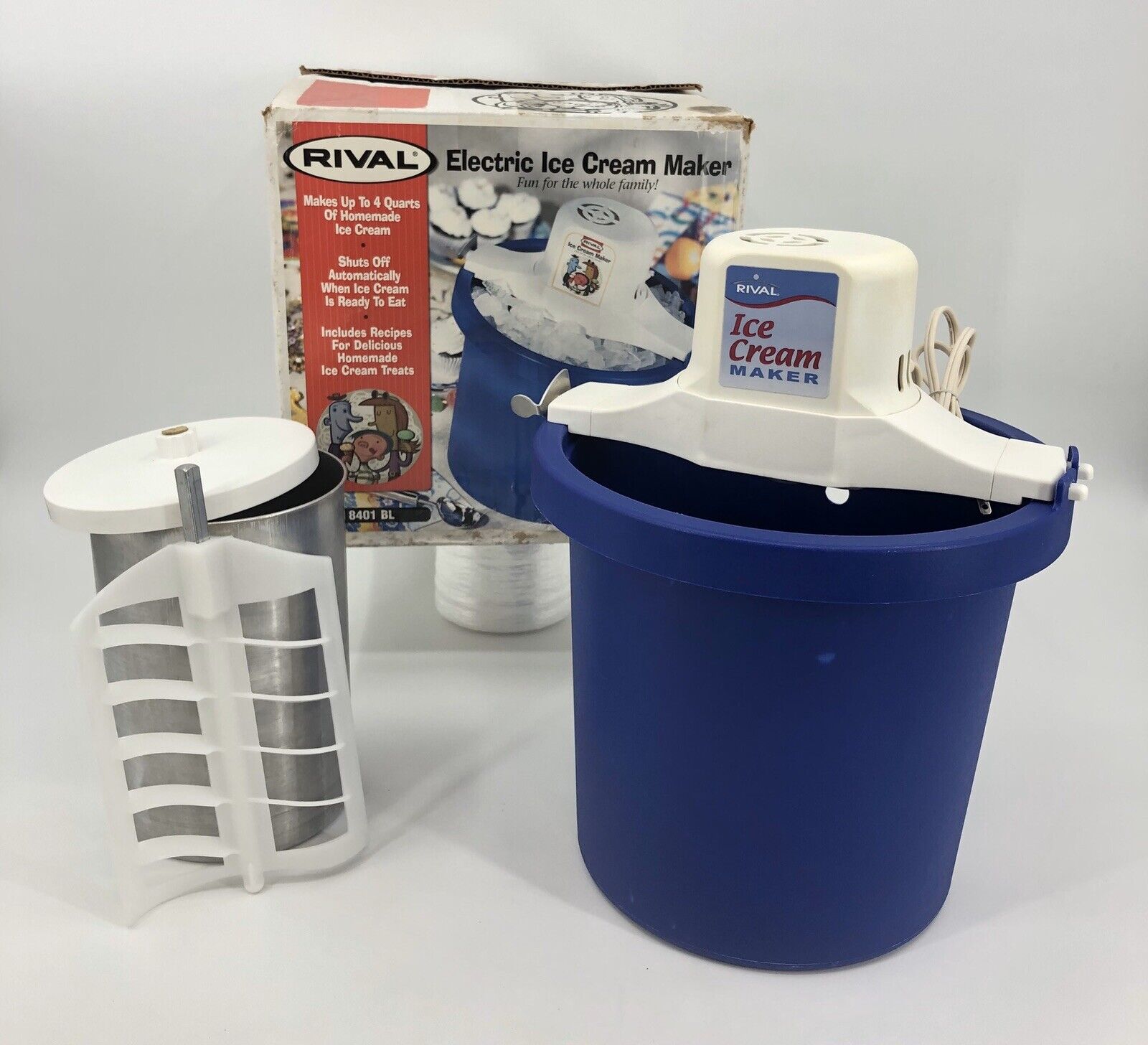

0 thoughts on “How To Store Homemade Whipped Cream In Fridge”